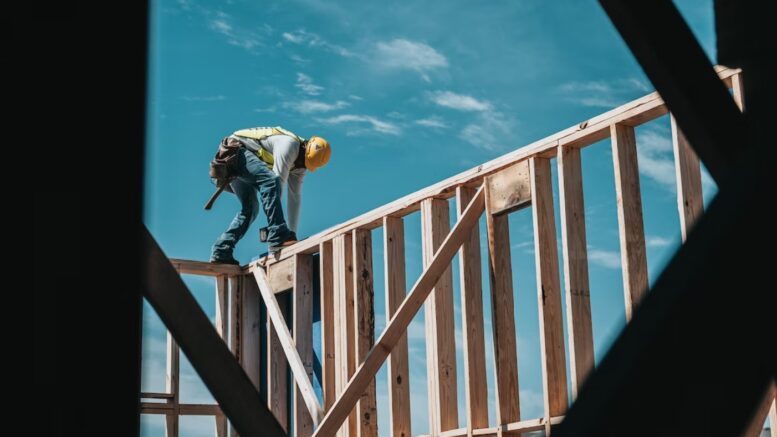More accidents happen in the workplace than you might expect. In fact, the International Labour Organization estimates that 2.3 million people around the world are involved in work-related accidents or diseases. There are actions that both employers and employees should take to keep everyone safe at work.
What are workplace injuries?
Workplace injuries can vary from person to person. Put simply, they’re injuries that occur in the workplace. This means that sometimes the injury may not be your fault if the correct health and safety measures haven’t been followed.
It’s worth familiarizing yourself with how you should deal with a workplace injury so that the incident is reported correctly. This means action can be taken to help prevent further incidents in the future.
Here are some examples of work-related injuries you should be aware of:
Falls
Falls are a notoriously dangerous risk in the workplace in certain sectors especially. Those working in roles within construction and that involve working at height are often working in more precarious conditions. However, falls can take place lower to the ground too due to slippy surfaces where spillages haven’t been cleaned up or due to other cases of negligence.
This could result in employees suffering with anything from fractures to severe head injuries. A clear policy should be created to keep employees safe. Depending on the working environment, this might include appropriate training and sufficient safety equipment when working at height, or rules to keep floors clear and free from spillages.
Strain injuries
Strains can arise in a variety of work settings. It can happen when employees are doing manual work such as heavy lifting, resulting in a muscle or tendon being injured. It can also happen in less intensely physical settings. Overexertion and repetitive motion can cause strains in the workplace, in anything from hospitality to retail settings and more.
These injuries can be minimized with simple switches. Even using more ergonomic equipment can help, such as a Milwaukee tool box which includes a handle and wheels to help reduce the strain when transporting heavy tools onsite. Ensuring workers take regular breaks is another action you can implement.
Vehicle and machinery accidents
Vehicles and machinery are big hazards in the workplace and are responsible for severe accidents in some cases. Collisions can take place and people who aren’t in vehicles themselves can be hit by moving vehicles.
The correct PPE should be worn at all times and any staff operating vehicles and machinery should be trained thoroughly beforehand. Maintaining both will also help to ensure everything is running smoothly and safely.
Fire hazards
Any workplace is prone to fire risks, however, some are more at risk than others. For example, if the site stores harmful chemicals or combustible materials, this can be particularly hazardous.
Otherwise, offices and other workplaces could be at risk of faulty gas lines or open flames in the kitchen. Fire hazards can result in burns or damage to the respiratory system and other serious injuries. Equipment should be maintained to ensure it is working properly and unlikely to pose a risk to others. Fire safety training is another part of keeping the workforce safe.
